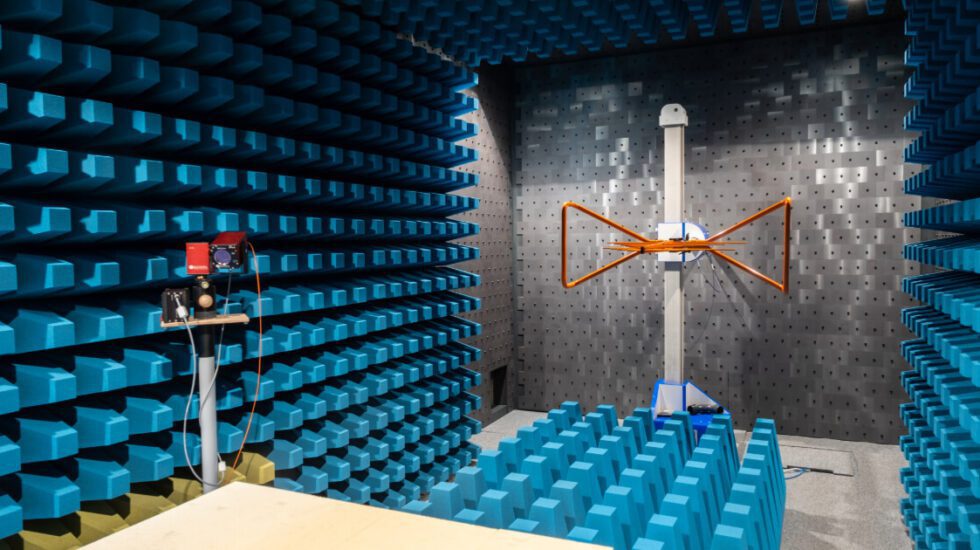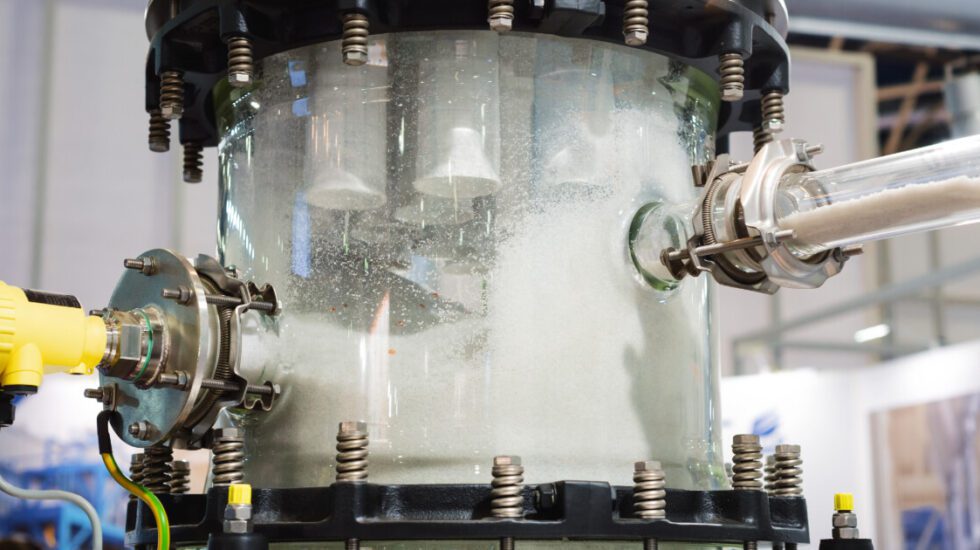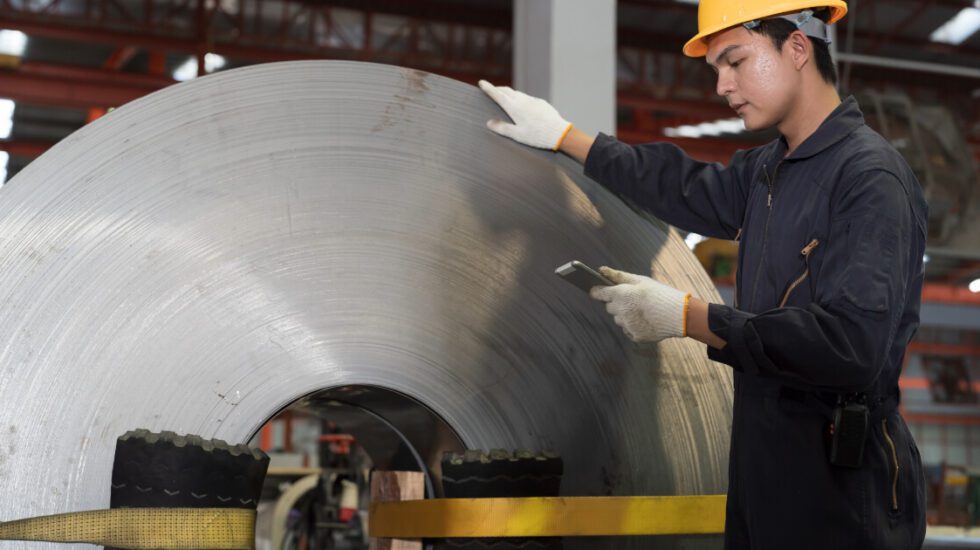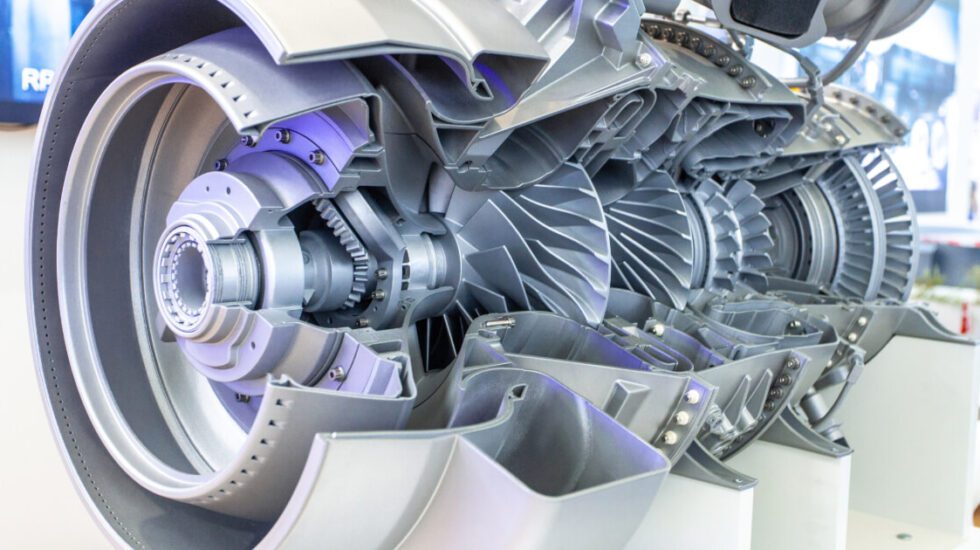UPS and Power Conditioning Equipment
As businesses and industries become increasingly reliant on stable and uninterrupted power, the demand for more efficient and innovative UPS (Uninterruptible Power Supply) systems and power conditioning equipment continues to grow. However, advancing these technologies comes with significant technological uncertainties that require systematic research and development (R&D). For Canadian companies engaged in developing these systems, the Scientific Research and Experimental Development (SR&ED) tax credit program can provide valuable financial support for projects that push technological boundaries.
Technological Uncertainty in UPS and Power Conditioning Equipment
Developing UPS systems and power conditioning equipment involves overcoming various engineering challenges. Whether improving battery life, optimizing power conversion, or integrating renewable energy sources, companies often face technological uncertainties that make their work eligible for SR&ED tax incentives.
1. Developing Novel Battery Technologies
One of the critical aspects of UPS development is enhancing battery performance to extend energy storage capacity and lifespan. Companies often experiment with:
-
New battery materials to improve energy density and efficiency
-
Electrode and electrolyte innovations to increase charge retention and durability
-
Alternative chemistries to reduce environmental impact while maintaining high power output
Since battery performance can be influenced by numerous factors, such as temperature fluctuations and charge cycles, these experimental developments involve a high degree of technological uncertainty.
2. Optimizing Power Conversion Algorithms
UPS systems must efficiently regulate voltage and power delivery to protect sensitive equipment from disruptions. However, designing adaptive power conversion algorithms involves:
-
Addressing load variations that impact system efficiency
-
Managing input voltage fluctuations to ensure stable power output
-
Reducing response time delays in switching between power sources
Companies working on refining these algorithms through testing and iteration may be engaging in SR&ED-eligible activities.
3. Integrating Renewable Energy Sources
With the rising focus on sustainability, integrating solar, wind, or other renewable energy sources into UPS systems is a growing challenge. Unlike traditional power sources, renewables are intermittent and variable, making seamless integration difficult.
Research and development efforts in this area often involve:
-
Designing adaptive control systems to manage energy flow from multiple sources
-
Developing energy storage solutions that balance supply-demand fluctuations
-
Testing grid interconnectivity strategies to maintain stability during outages
These activities require continuous innovation and problem-solving, making them strong candidates for SR&ED claims.
4. Enhancing Fault Detection and Diagnostics
UPS systems must detect and respond to potential failures in real time to prevent system downtime. Developing advanced fault detection algorithms presents significant technological challenges, such as:
-
Analyzing sensor data to predict failures before they occur
-
Using machine learning models to improve detection accuracy
-
Implementing sensor fusion methods to monitor multiple components simultaneously
Companies working to enhance the accuracy and speed of fault detection could qualify for SR&ED tax incentives by demonstrating systematic experimentation in this field.
5. Miniaturization and Thermal Management
As industries demand smaller and more powerful UPS units, engineers must address complex design constraints, including:
-
Heat dissipation challenges in compact UPS enclosures
-
Electromagnetic interference (EMI) affecting system stability
-
Component reliability under high-temperature operating conditions
Exploring new cooling techniques, materials, and layout optimizations to overcome these uncertainties aligns with the SR&ED program’s criteria for experimental development.
How SR&ED Supports Innovation in UPS and Power Conditioning Equipment
Canadian businesses investing in UPS and power conditioning equipment R&D can benefit from SR&ED tax credits, which help offset the costs of:
- Prototype development and testing
- Experimental design and system optimization
- Software and algorithm research
- Material testing and performance analysis
- Data collection and analysis for product improvement
To maximize SR&ED claims, businesses must maintain detailed documentation of their research activities, including design iterations, test results, and technological challenges encountered.
Explore Your SR&ED Opportunities with Ayming Canada
If your company is engaged in developing UPS and power conditioning equipment, you may qualify for SR&ED tax incentives. Ayming Canada specializes in identifying and securing government funding for innovative projects. Our team can help you navigate the SR&ED process, ensuring you receive the financial support you deserve.
Contact us today to explore how your R&D efforts can translate into significant tax savings. 🚀
Contact us today!
One of our experts will be in touch shortly.














No Comments